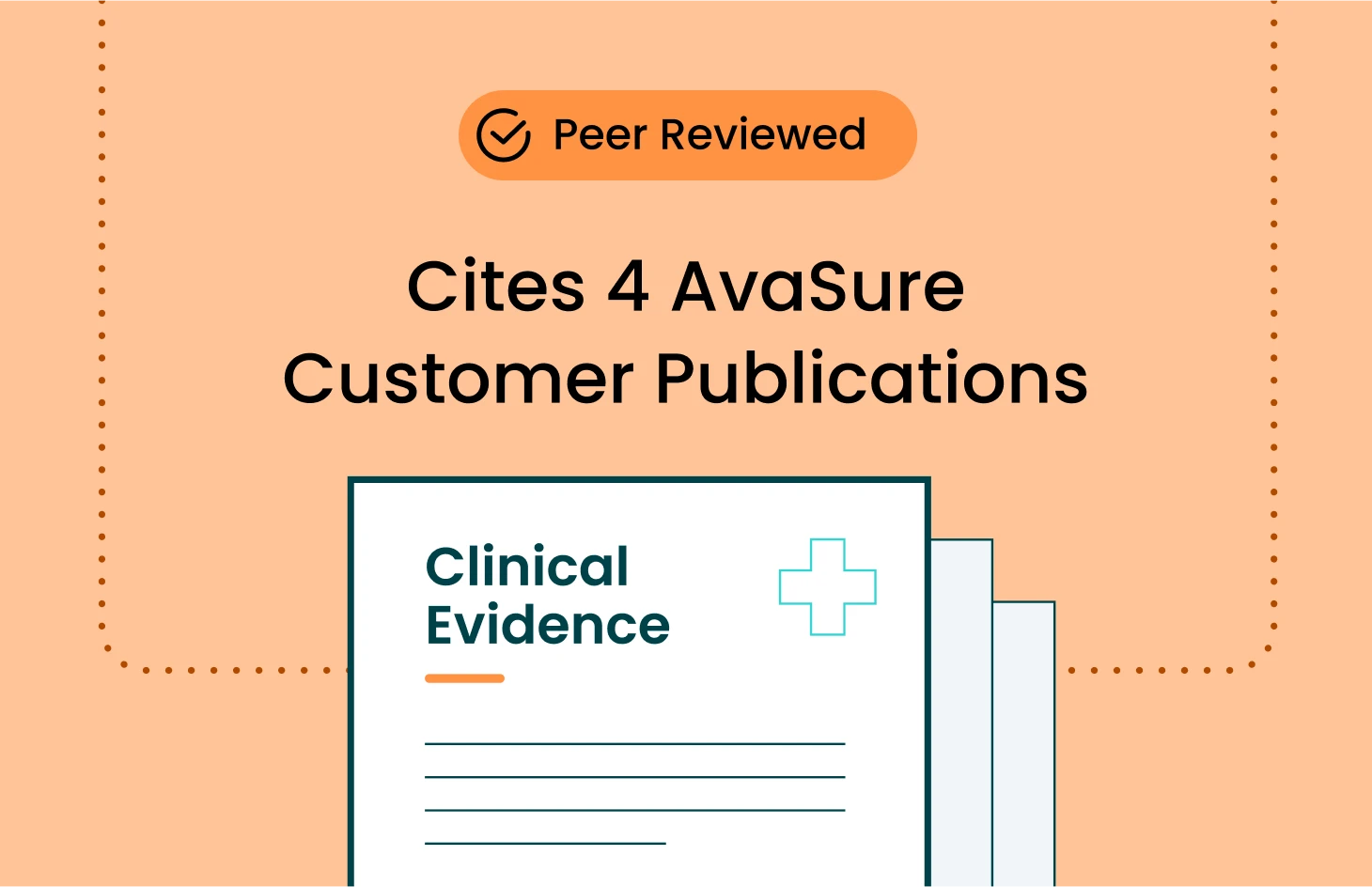A Systematic Review: Sitters as a Patient Safety Strategy to Reduce Hospital Falls
Fall Prevention, Sitter Reduction
March 3, 2020
Literature review of 20 studies finding video monitoring provides higher confidence of efficacy than 1:1 sitters.
Sitters as a Patient Safety Strategy to Reduce Hospital Falls: A Systematic Review
Greeley AM, Tanner EP, Mak S, Begashaw MM, Miake-Lye IM, Shekelle PG. Ann Intern Med 2020;172(5):317-324.
Challenge
Bedside sitters are often used for patients at high risk for falls, but they are expensive and their effectiveness is unclear. Nurses and other personnel have long been used to monitor patients and prevent falls via continuous or constant observation. The reason for this is logical and rooted in tradition: Staff is by the bedside and on hand to help prevent a fall. However, this practice is costly—US acute care hospitals can each spend more than $1 million annually on sitters.
What’s more, despite a compelling rationale, the evidence supporting the use of 1:1 sitters to reduce falls is lacking.
Solution
Video monitoring is well supported by the literature. The strongest evidence regarding sitter alternatives was seen in articles evaluating the benefits of video monitoring:
- Eight studies provided the most consistent results of either no change or a decrease in falls after implementation of video monitoring, as well as a dramatic decrease in sitter use
- Several studies also reported a cost savings with video monitoring compared with sitter use
